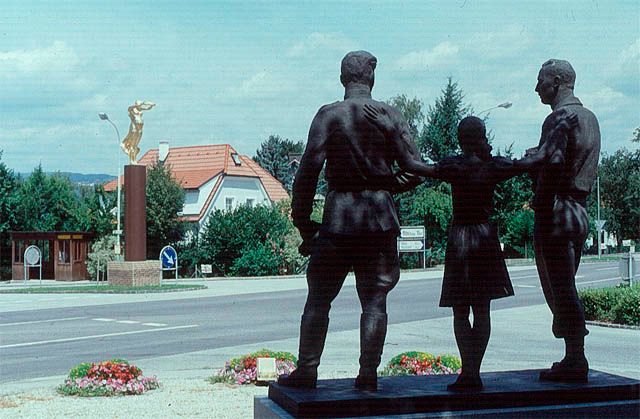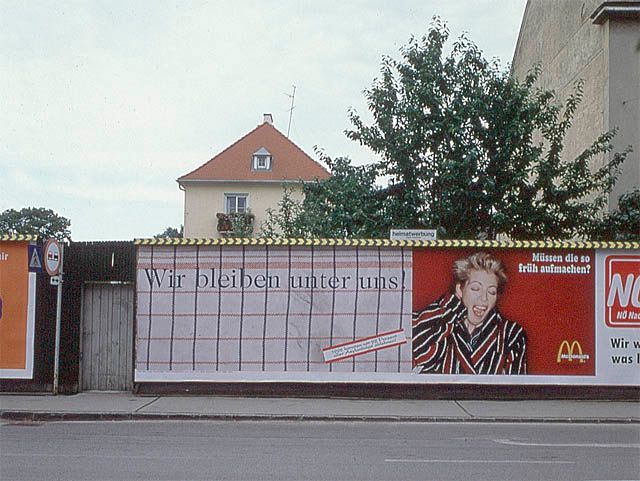History
With the Lower Austria Culture Act of 1996 as a basis, which introduced a progressive, so-called “pool solution” instead of the one-percent rule for art in architecture projects, artistic works have been consistently realized in the public space for almost thirty years. During this period, more than 600 projects have been realized, ranging from autonomous sculptures to temporary interventions, from the design of public squares to concepts for a culture of remembrance, as well as art projects realized together with the population.
Up until the 1980s, art projects in the public space in Lower Austria were mostly limited to “art in architecture” in selected municipal construction projects, as was common in all federal states at that time. Accordingly, the handling of these projects was the responsibility of the State Building Department. With the transfer of this division to the Department of Art and Culture under the responsibility of Katharina Blaas-Pratscher, a sustained examination and continuous expansion of art in the public space began. Inspired by visionary international models, as well as by interdisciplinary considerations, it soon became clear that an extension of art in architecture to the entire public space could create entirely new possibilities for engagement, and that art could play a significant role both in the reflection of existing public spaces and in the development of new ones.
Following pioneering projects in Loosdorf, Paasdorf, and Erlauf, it was possible to anchor the basic cornerstones for a wide variety of artworks in the public space in Lower Austria in the Cultural Promotion Act of 1998. With the pool solution, in which a fixed sum is set annually by several departments of the state (housing and roads, schools and shelters), it was possible to establish the conception, realization, and mediation of “autonomous” artworks in the public space, independent of concrete building projects. This created the financial and programmatic basis to do justice to the complexity and diversity of this field, in terms of both themes and formal approaches. Art in architecture continues to be an important component of KOERNOE’s work.
Since the beginning of this conceptual expansion, a consistent interdisciplinary approach has been taken in the search for artistic answers to specific questions concerning the public space, and collaboration has taken place with regional, national, and international artists. In this way, public squares have been designed, new forms of commemorative culture have been developed and established, and ephemeral media, such as posters, have been used to make virulent social issues visible, and sculptures have been erected in completely unexpected places. Many of these artworks and projects realized since the late 1990s are now inscribed in the cultural landscape of Lower Austria and are perceived beyond the state’s borders.


